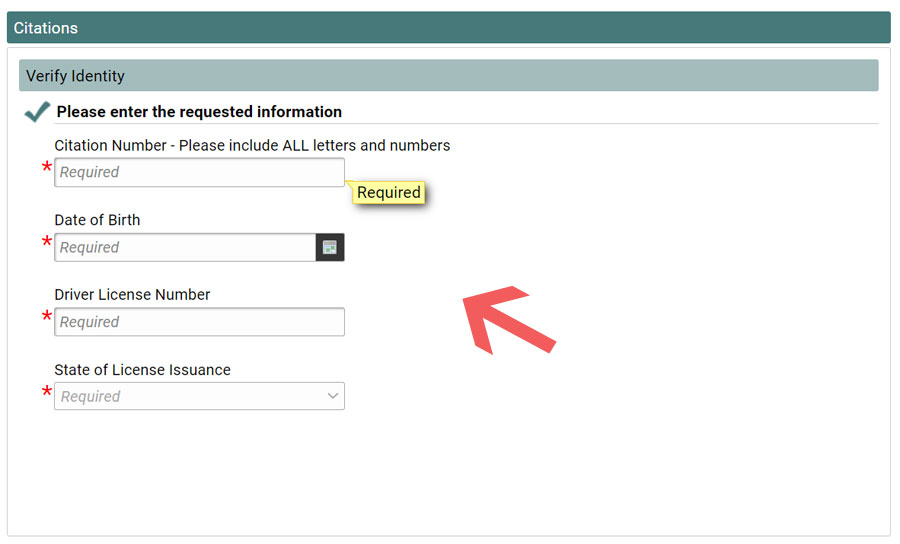The CSP, or Colorado State Patrol, acts as a vital agency, ensuring the safety and security of Colorado’s roadways and citizens. Being a division of the Colorado Department of Public Safety, the CSP troopers are a familiar sight on highways across the state, working tirelessly to prevent accidents, enforce traffic laws, and provide assistance to motorists.
The original roots of the CSP date back to the 1910s, even though its official formation was postponed due to the infamous ‘Ludlow Massacre’. However, over time, it became evident that a dedicated highway patrol service was required, as a result of which CSP was finally established in 1935. In addition to offering traffic enforcement services, the troopers are also involved in carrying out commercial vehicle inspections, accident investigations, and educating the public on traffic safety and crime prevention.
The Colorado State Patrol hands out traffic fines or citations to those who break the highway law and order. Unfortunately, if you are one of them, then it is high time that you accept your guilt and pay the requisite amount to avoid any future repercussions. To learn more, continue reading our extensive guide.
Here are the Steps to Pay Citation Online
Before you decide to pay the citation issued by the Colorado State Patrol online, it is crucial that you carefully review it and obtain certain necessary information. These include the violation that you committed, the fine amount, the due date for payment, and the court information.
Colorado’s Department of Revenue (Division of Motor Vehicles), which is the primary organization that handles the receipt of traffic fines, states that a traffic fine or citation ticket can only be paid online if it is within 14 days (from the day it was issued). And if the ticket is more than 40 days old, then it will be referred to court, and you need to be present at the court mentioned in the ticket for resolution. Additionally, citations that are designated as ‘summons’ or ‘Municipal citations’ must be settled offline through the respective court only.
To start the online payment process, follow the below-mentioned steps closely.

- Begin your journey by first heading over to the official website and navigate to Driver/ID services –> Pay and Submit Citations.
- Ensure that you are 18 years of age, have an active email address, a valid credit card or e-check, and a digitally legible image of the citation (all pages front and back). Once you are ready, click on ‘Next’.
- You will be required to first state your citation number along with your date of birth, driver license number, and the state where the license was issued.
- Once you verify your identity, you will be required to state your email ID and upload the image of the citation or traffic fine ticket.
- After that, the online portal will showcase the penalty amount that is due, which you have to pay online.
- Once your payment is successful, you will receive a confirmation message at your email address. Additionally, you can also take a printout of the payment confirmation page for future reference.
For any further assistance, you can contact the Division of Motor Vehicles via phone at (303) 205-5600. Phone lines are available from Monday to Friday between 8 AM and 5 PM.
What are the Other Ways to Pay
In addition to paying your fine or citation to Colorado’s Department of Revenue (Division of Motor Vehicles) online, you can also pay it in person by visiting a branch near you. To find a DMV (Department of Motor Vehicles) location, visit here. Ensure that you carry the citation copy with you, and you will have the option to pay the fine in cash.
Alternatively, you can mail your payment check or money order to the following address: Division of Motor Vehicles, 1881 Pierce Street, Lakewood, Colorado 80214. Keep in mind that all checks or money orders should be made payable to the Department of Revenue, and a legible copy of the citation must also be sent with the payment.
Learn the Types of Offenses and Penalties
The state of Colorado in the United States categorizes traffic offenses into two main classifications: infractions and misdemeanors. And each classification has varying levels of seriousness and consequences.
Starting with traffic infractions, which are less severe offenses typically resulting in fines, They are further classified into ‘Class A’ and ‘Class B’. The former one carries lower fines and might not involve infraction points added to your license. Examples include disobeying traffic signals, not using headlights when required, etc. The latter one, however, will lead to even lower fines than ‘Class A’ and will not add points to your license. For instance, exceeding the speed limit by only a small amount.
Then you have traffic misdemeanors, which are considered more serious offenses and can involve fines, jail time, points on your license, and even license suspension. They are of two types as well: ‘Class 1’ and ‘Class 2’. The former carry harsher penalties, including one year of jail time, a $1,000 fine, and a license suspension. Examples include speeding more than 25 MPH over the limit in a construction zone, driving under influence (alcohol or narcotics), or careless driving leading to injuries.
‘Class 2’ misdemeanors are less serious than the former but still carry jail time, fines, and the addition of infraction points. Some examples include reckless driving, failing to stop for a school bus, or driving without a valid license.

